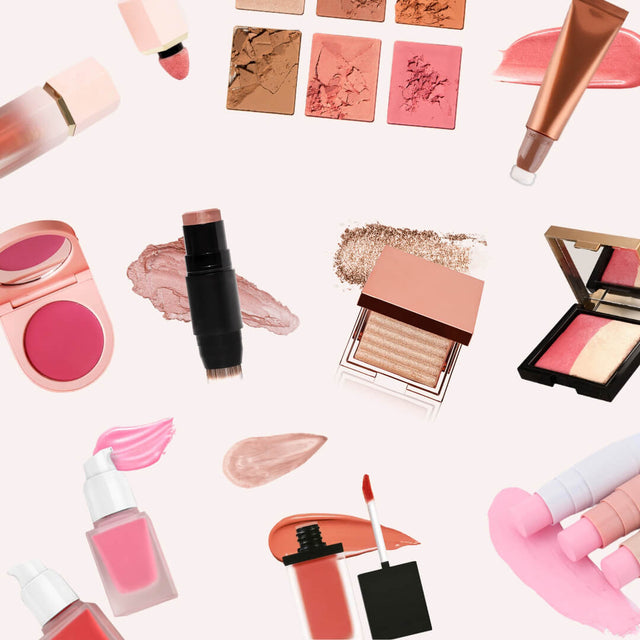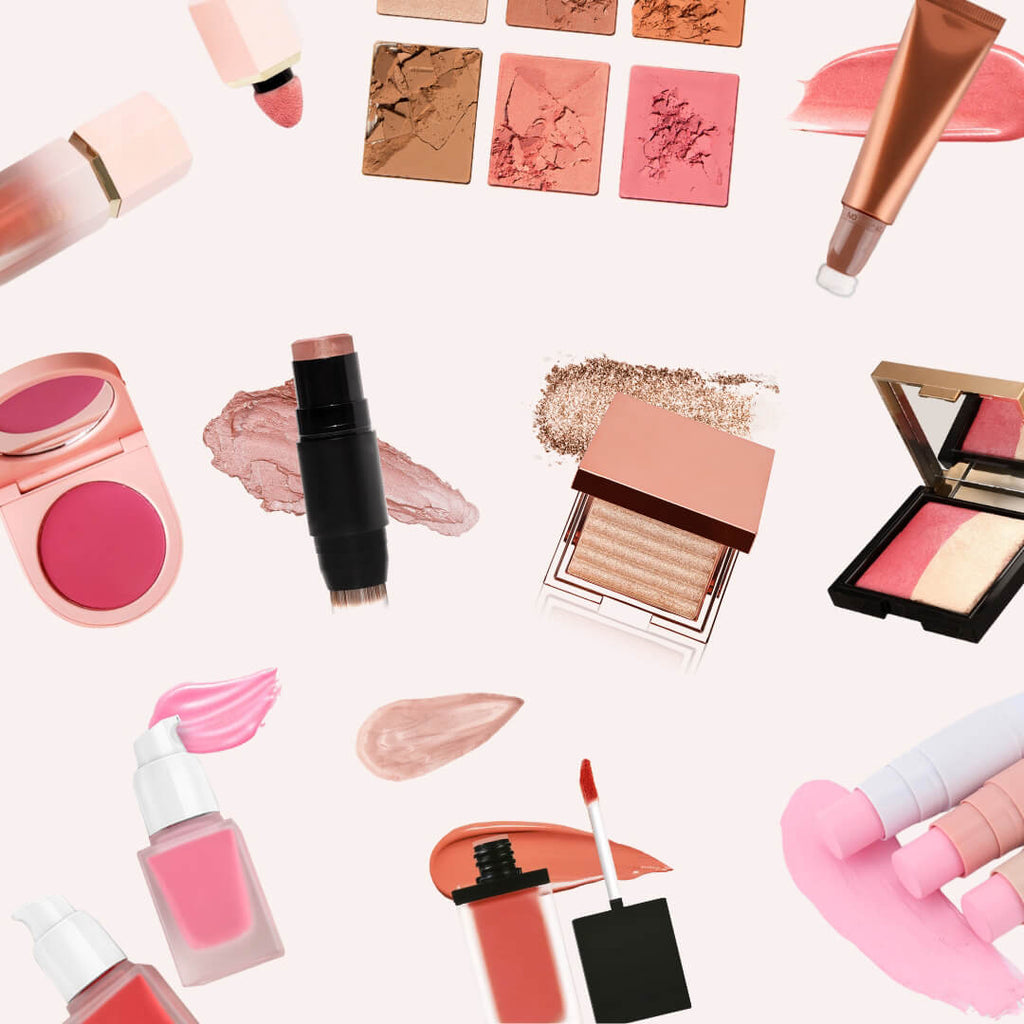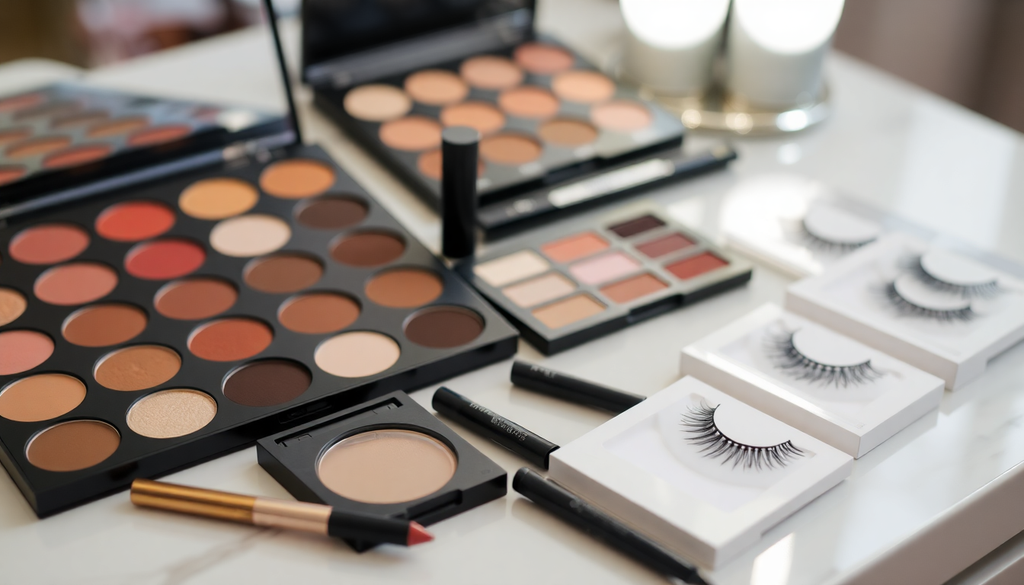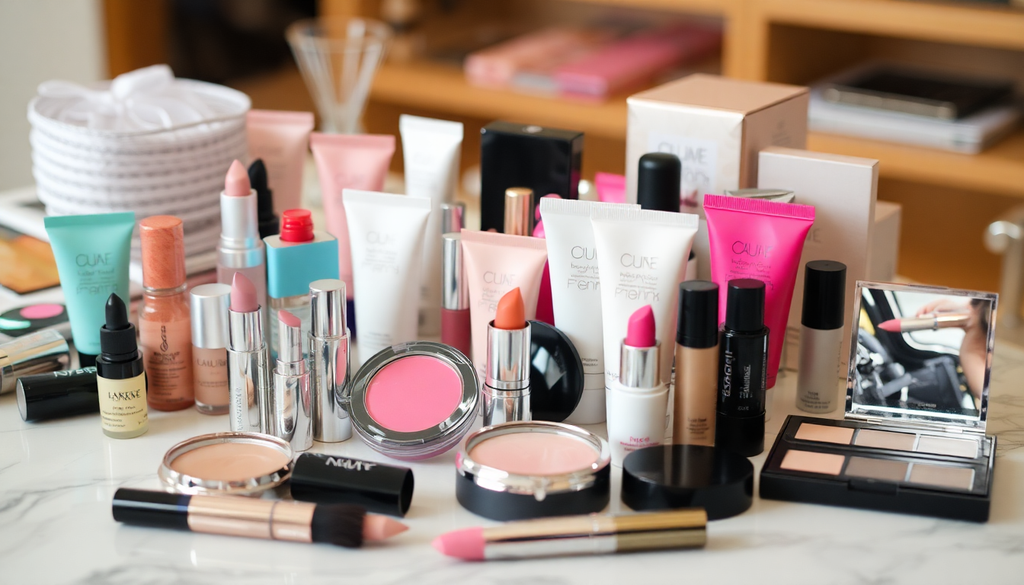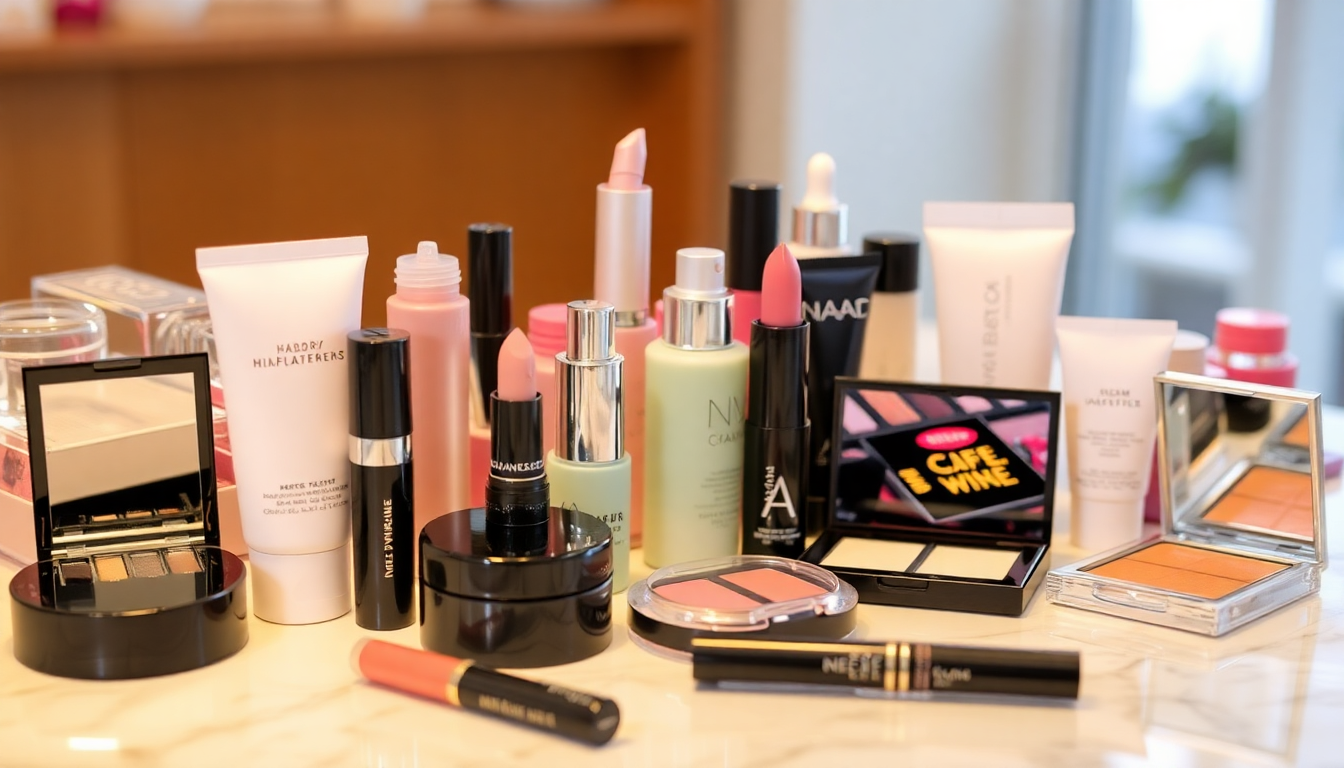
Navigating Global Cosmetics Regulations: Essential Steps to Launching Your Private Label Makeup Brand in 2025
Introduction
Launching a private label makeup brand in 2025 can be an exciting yet daunting endeavor. The global cosmetics market is projected to reach $800 billion by 2025, making it a lucrative opportunity for entrepreneurs. However, understanding global cosmetics regulations is crucial for ensuring compliance, maintaining product safety, and successfully bringing your products to market. This comprehensive guide will walk you through the essential steps needed to navigate the complex world of cosmetics regulations across different regions while providing valuable insights into setting up your makeup business.
1. Understanding Global Cosmetics Regulations
Cosmetics regulations can vary significantly from country to country. Here are some of the key regions to consider when launching your makeup brand:
- United States: The FDA regulates cosmetics under the Federal Food, Drug, and Cosmetic Act. Make sure products are safe, properly labeled, and not misleading. Any claims about the product's effectiveness must be substantiated.
- European Union: The EU has stringent regulations under the Cosmetics Regulation (EC) No 1223/2009. Ingredients must be assessed for safety, and a Product Information File (PIF) is required for each product, detailing everything from manufacturing methods to safety assessments.
- Canada: Health Canada's Cosmetic Regulations require that all cosmetic products be safe for use and properly labeled with ingredient lists. Additionally, you must notify the government about the products you intend to sell.
- Asia (e.g., China, Japan, South Korea): China requires animal testing for imported cosmetics, although recent changes are moving towards more humane testing methods. South Korea has specific regulations for cosmetic labeling and safety, while Japan has its own set of guidelines that must be followed.
- Australia: The Therapeutic Goods Administration (TGA) and the National Industrial Chemicals Notification and Assessment Scheme (NICNAS) oversee cosmetics regulations. Products must be safe, and ingredients must be registered.
2. Essential Steps for Compliance
To ensure your private label makeup brand meets all regulatory requirements, follow these essential steps:
- Research Regulations: Start by researching the cosmetics regulations in the countries you plan to sell in. This will include understanding labeling requirements, ingredient restrictions, and safety assessments.
- Ingredient Safety: Ensure all ingredients in your makeup products are permitted and safe for use in your target markets. Consider using a cosmetic chemist to help formulate your products safely.
- Labeling Requirements: Familiarize yourself with the labeling requirements, including language, ingredient declaration, and claims. In many regions, labels must include warnings, usage instructions, and specific format guidelines.
- Product Testing: Conduct necessary safety and efficacy tests to comply with local regulations. This may include clinical testing, microbiological testing, and stability testing to prove your product's safety and effectiveness.
- Documentation: Prepare and maintain all required documentation, including product specifications, safety assessments, and manufacturing practices. This documentation is crucial for potential inspections and audits.
3. Import Policies and Certificates
When importing cosmetics, it is essential to understand the import policies and certificates required by the target country:
- Import Permits: Some countries require import permits for cosmetics. Check local regulations to ensure compliance. In some cases, you may need to appoint a local representative who can handle importations.
- Certificates: Obtain necessary certificates such as Free Sale Certificates, GMP (Good Manufacturing Practice) certifications, or other regulatory approvals. These documents serve as proof that your products meet safety and quality standards.
- Packaging Standards: Ensure your packaging complies with local regulations, including child-resistant closures and labeling requirements. Packaging must also comply with environmental regulations regarding recyclability and sustainability.
4. Setting Up Your Online Makeup Store
Once you have ensured compliance with regulations, it's time to set up your online store. Here are the key steps to consider:
- Select a Platform: Choose an e-commerce platform that fits your needs (e.g., Shopify, WooCommerce, BigCommerce). Consider factors like ease of use, payment gateways, and scalability.
- Design Your Website: Create an appealing design that reflects your brand identity and engages customers. Use high-quality images and videos to showcase your products effectively.
- Optimize for SEO: Use keywords relevant to your products to improve search engine rankings. Focus on both on-page and off-page SEO strategies to drive traffic to your site.
- Payment and Shipping: Set up secure payment methods and reliable shipping options. Consider offering multiple payment options, including credit cards, PayPal, and even cryptocurrency.
- Customer Experience: Enhance the customer experience by providing easy navigation, product recommendations, and a straightforward checkout process. Implement a loyalty program to encourage repeat purchases.
5. Marketing Your Makeup Brand
Effective marketing strategies are vital for the success of your private label makeup brand. Here are some strategies to consider:
- Social Media Marketing: Utilize platforms like Instagram, TikTok, and Pinterest to showcase your products and connect with your audience. Regularly post engaging content, including tutorials, user-generated content, and behind-the-scenes looks at your brand.
- Influencer Collaborations: Partner with beauty influencers to reach a wider audience and build credibility. Choose influencers who align with your brand values and have a genuine connection with their followers.
- Email Marketing: Build an email list to keep customers informed about new products, promotions, and brand news. Consider offering exclusive discounts or early access to new launches for subscribers.
- Content Marketing: Create valuable content, such as makeup tutorials, tips, and blogs about beauty trends, to engage and educate your audience. This can help establish your brand as an authority in the cosmetics industry.
- Paid Advertising: Invest in paid advertising through social media and Google Ads to target specific demographics. Use retargeting ads to reach potential customers who have visited your website but did not make a purchase.
6. Building a Brand Identity
Developing a strong brand identity is crucial for standing out in the competitive makeup market. Here are some tips:
- Define Your Target Audience: Clearly define your target audience based on demographics, preferences, and behaviors. This will help tailor your branding and marketing strategies effectively.
- Create a Unique Selling Proposition (USP): Identify what makes your brand unique and communicate this effectively. Whether it's eco-friendly packaging, cruelty-free products, or innovative formulations, your USP should resonate with your target audience.
- Consistent Branding: Ensure consistency across all touchpoints, including your website, social media, packaging, and advertising. This includes using a cohesive color palette, typography, and messaging.
- Engage with Your Community: Build a community around your brand by engaging with customers through social media, responding to comments, and encouraging feedback. Host giveaways or contests to foster engagement.
7. Staying Updated with Trends and Regulations
The cosmetics industry is constantly evolving, and staying updated with trends and regulations is essential:
- Follow Industry News: Subscribe to industry publications and websites to stay informed about the latest trends, regulations, and innovations in cosmetics.
- Attend Trade Shows: Participate in beauty trade shows and conferences to network with industry professionals and discover new products and technologies.
- Join Industry Associations: Consider joining associations like the Personal Care Products Council (PCPC) or the Independent Cosmetic Manufacturers and Distributors (ICMAD) for resources and networking opportunities.
Conclusion
Navigating the complexities of global cosmetics regulations is essential for successfully launching your private label makeup brand in 2025. By following the steps outlined above, you can ensure compliance, set up an effective online store, and implement successful marketing strategies. In addition, building a strong brand identity and staying updated with industry trends will help you stand out in the competitive beauty market. Embrace the journey, invest in your business, and watch your makeup brand flourish!

